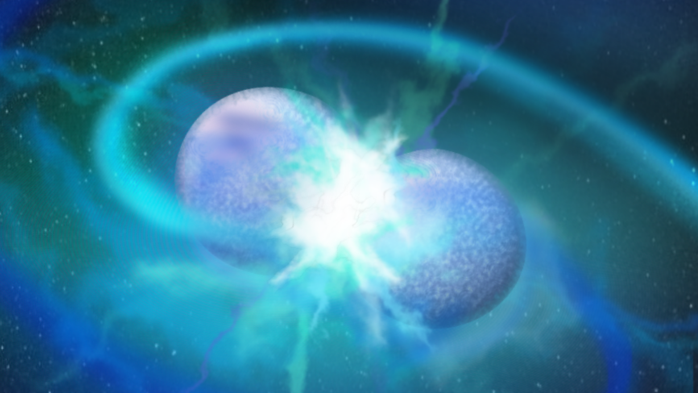A recent discovery among the stars has caught the global attention of many astronomers and astrophysicists, as its existence challenges the fundamental theories of stellar astronomy.
The new star is coated in oxygen and carbon, elements that form when helium is burned, as discovered by German astronomer Klaus Werner and his team at the University of Tübingen. Their findings conflict with the previous understanding of stellar evolution and the formation of white dwarfs.
When larger stars that have exhausted their nuclear fuel collapse inwards on themselves, they form small dense bodies of carbon and oxygen known as white dwarfs. Typically, stars are covered in layers of hydrogen and helium and only become coated with carbon and oxygen after undergoing a nuclear collapse. However, this new star has layers of these elements on its surface—the “ashes” of helium burning. It also has temperatures and radii that are indicative of continuous helium burning at its core, meaning that the surface of the star is somehow expressing the products of a nuclear reaction occurring within its core without having to use the rest of its helium fuel.
Scientists speculate that this strange occurrence is a result of a rare stellar merger event between two white dwarf stars. White dwarfs in close binary systems tend to shrink their orbit as a result of emitted gravitational pull and eventually crash into each other, causing a stellar merger event. But these events don’t usually lead to a carbon and oxygen-covered surface like that of the star discovered by Werner.
Professor Victoria Kaspi, an astrophysicist at McGill, researches highly magnetized and rapidly rotating neutron stars. In an email to The McGill Tribune, Kaspi explained the novelty of this new star and the theory behind its formation.
“Seeing heavier elements in more than merely trace amounts is unexpected because they are thought to be created only deep in the interior of the star, and not easily escape from there,” Kaspi wrote. ”How do you turn a star inside out? The idea here is that if a merger had happened, it would have torn apart the star so the interior would mix with the exterior, then settled into a new configuration with some of the insides on the surface.”
This phenomenon further muddles scientists’ current collective understanding of stellar merger events, since they cannot be explained by current stellar evolution models. Discoveries like Werner’s, then, can help develop new theoretical models and lead to breakthroughs in the field.
“Interesting stars like these reveal the full range of possibilities in the structure of stars, and how they evolve and interact in binary systems,” Kaspi wrote. “They show that nature is capable of a very rich phenomenology.”
New technologies, such as high-performing telescopes, are allowing astronomers to record the temperature and size of these stars using their emitted radio waves or X-rays. Recording these waves is a critical component of stellar observation and is necessary for any analysis of the structure and formation of stars. Werner’s lab used a Large Binocular Telescope for this particular discovery, allowing the researchers to identify the high abundance of carbon and oxygen instead of hydrogen and helium.
Beyond piquing the interest of many astronomers, the hydrogen-deficient star could also be a key piece of evidence explaining newer stellar theories of star formation, especially when combined with previous discoveries.
“These observations also give us a new angle with which to understand stellar mergers; computer simulations of merging stars will now have to sometimes result in this sort of configuration,” wrote Kaspi. “This will help us understand the physics of the merging process.”









